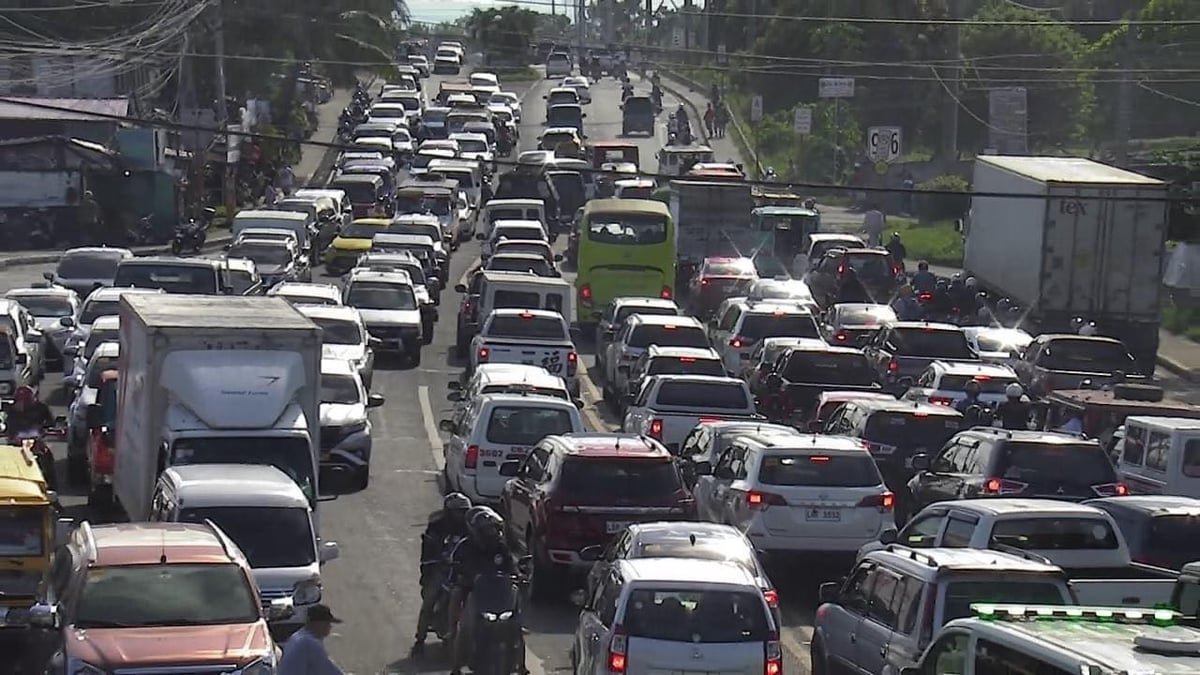
THE Land Transportation Franchising and Regulatory Board-Davao Region (LTFRB-Davao) has proposed a temporary utility system while awaiting the implementation of the Davao Bus Project.
During Wednesday’s Habi at Kape on October 30, 2024, Nonito Llanos III, regional director of LTFRB-Davao, announced that they are conducting a study to develop sustainable solutions for the lack of Public Utility Vehicles (PUVs) in Davao City. He believes this new approach will be more effective than the existing Peak Hours Augmentation Bus System (PHABS).
Llanos stated that the study is expected to be completed by the second week of November. If approved by the City Government of Davao, they plan to introduce a new public utility system featuring modernized vehicles.
“These vehicles will operate until the Davao bus system is implemented,” he said.
He outlined plans to introduce Class 3 modernized jeepneys or vans, which are already in operation in Davao del Sur. Currently, around 87 modernized vehicles are running in the province. These vehicles are air-conditioned, allow standing passengers, and are equipped with CCTVs, dashboard cameras, and internet access for passenger safety and convenience.
Llanos stated they are discussing a public utility vehicle designed to be comfortable, affordable, sustainable, and accessible for the community.
These modernized vehicles are part of a project initiated by the Department of Transportation (DOTr) and the national government. While they currently serve the province, once the bus system is established in the city, these modernized PUVs will be phased out in favor of the bus system.
Llanos said two potential avenues for procuring these vehicles: collaborating with transport cooperatives or working directly with suppliers willing to operate in Davao. He expressed urgency in expediting the introduction of the new transport utility system in anticipation of the holiday rush.
While adding new public transportation options could contribute to traffic congestion, Llanos noted that the impact would depend on the number of units deployed. He explained that the number of vehicles would vary by route, as some routes currently operate with only 50 percent of their assigned Public Utility Jeepneys (PUJs).
Llanos indicated that they will finalize the study before presenting it to the Local Government Unit (LGU) of Davao. Following the city’s evaluation, the LTFRB central office will issue a circular regarding the proposed changes.
In a previous update on October 10, Llanos revealed that 30 percent of PUJs and philcabs are no longer operating on their assigned routes as awarded by the LTFRB. Reasons for their non-operation include difficulties in maintaining their units, issues with vehicle roadworthiness, and the upcoming Davao Bus Project. RGP






